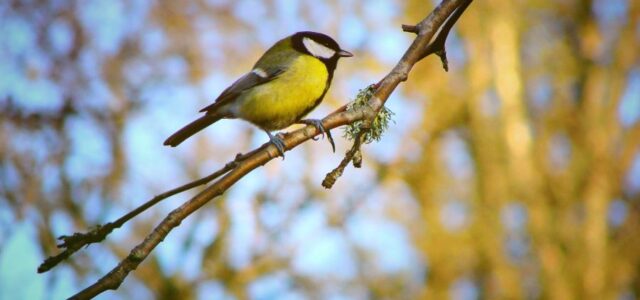Call for your appointment today 914-666-4665 | Mt. Kisco, New York

In their study, “Transmission patterns of tick-borne pathogens among birds and rodents in a forested park in southeastern Canada,” Dumas et al. “investigated and compared the role of breeding birds to rodents in local transmission dynamics of B. burgdorferi s.s., A. phagocytophilum and B. miyamotoi, which are emerging pathogens in southeastern Canada.”¹
Researchers collected ticks and rodents from the Mont Saint-Bruno National Park in Quebec, an area endemic for Lyme disease. They aimed to identify:
- Distribution of tick-borne pathogens B. burgdorferi, B. miyamotoi, and A. phagocytophylum in ticks and tick hosts;
- Evaluate the contribution of birds as hosts to B. burgdorferi transmission compared with white-footed mice;
- Determine risk factors for tick infestation and B. burgdorferi infectivity among hosts.
They collected 25,150 larvae, 4,177 nymphs and 232 adult blacklegged ticks. And trapped 665 mice, 13 Eastern chipmunks, 15 Northern short-tailed shrew and one Red-backed vole.
The team found 470 (70.68%) mice, 12 (92.31%) chipmunks and 2 (13.33%) shrews infested with at least one tick. Ticks were not found on the only vole captured. Ticks collected from these small mammals were predominantly attached to the ears.
Approximately 70% of mice and 92% of chipmunks were infested with at least one tick, compared with 29% of captured birds.
Additionally, 849 birds belonging to 50 different species were captured. Researchers found ticks on 28.86% of the birds, “with the majority of these ticks removed from members of the Passerellidae (37.41%), Turdidae (31.11%) and Parulidae (17.04%) families,” writes Dumas.
How many hosts were infected with tick-borne pathogens?
When reviewing tick-borne pathogens detected in hosts tissue, the authors found 33.92% of mice were positive for B. burgdorferi, 0.48% for B. miyamotoi and none for A. phagocytophilum.
Meanwhile, 84.62% of chipmunks were positive for B. burgdorferi, 15.38% for B. miyamotoi and 7.69% for A. phagocytophilum.
“Pathogens were not detected in any of the bird biopsies (n = 262),” the authors point out. However, birds may not be infected but they are responsible for carrying the ticks to new areas. They also supply a much needed meal for the ticks.
“Our results support the relevance of considering the role of hosts other than the white-footed mouse in eco-epidemiological studies of tick-borne diseases,” the authors suggest.
Related Articles:
What nesting songbirds tell us about Lyme disease in Canada
Impact of environmental changes on tick-borne diseases in Canada
Causes for under-detection of Lyme disease in Canada
References:
- Dumas A, Bouchard C, Dibernardo A, et al. Transmission patterns of tick-borne pathogens among birds and rodents in a forested park in southeastern Canada. PLoS One. 2022;17(4):e0266527. Published 2022 Apr 7. doi:10.1371/journal.pone.0266527



